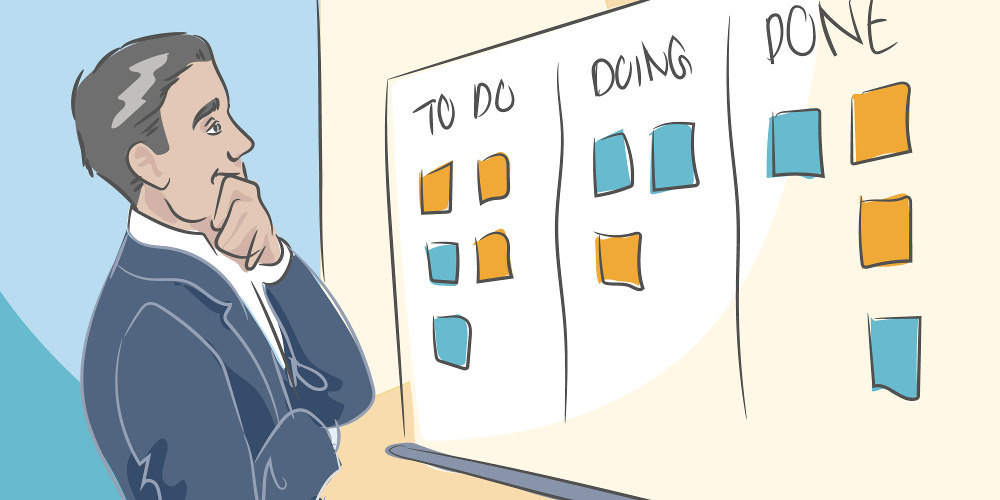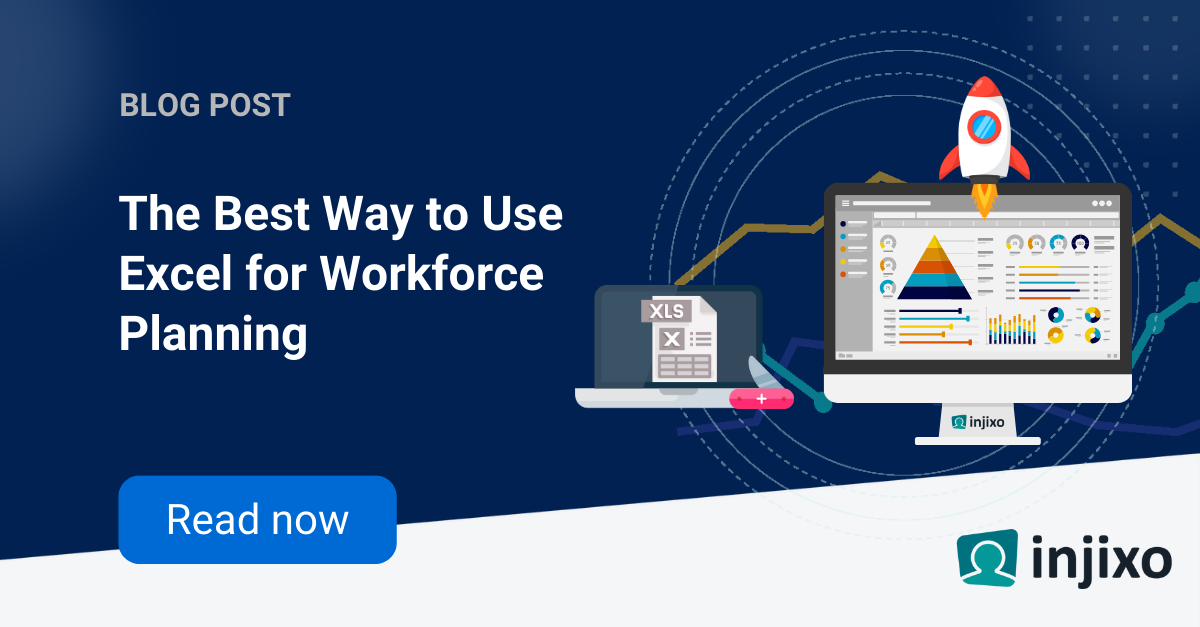Do you ever wish you could wave a magic wand and solve the challenges you face in your contact centre? If you had unlimited budget these would be easy to fix. You could simply replace those old legacy systems, get better insight data and pay your front line staff more. This would enable you to attract and retain the very best talent and invest in the training and development of your people.
However, if you’re a contact centre manager reading this then it’s likely that you need some quick wins that aren’t going to demand a massive budget. In my experience working as a performance improvement consultant to some of the UK’s biggest contact centres, I’ve noticed a recurring theme and identified a number of things that can be implemented quickly to have an impact. Working with front lines and management and listening to thousands of calls I’ve been struck by five important areas that had to be aligned for perfect contact centre performance.
- Strategy
- People Management
- Technology
- Performance Coaching & Feedback
- Leadership
If you are a smaller contact centre, it is quite normal to sigh wistfully at the bigger entities and wish you had their budgets for technology and resources; but equally the bigger centres can have so many layers of managerial approval to get through that it, too, can feel like banging your head against a brick wall. It is possible that you can get past either of these issues with some simple and fast fixes. Many contact centres struggle, often managers know what they want to do but can’t get the approval to do it, sometimes an external voice can help.
Strategy. What is the Contact?
I am passionate about contact centres, but often customers prefer not to have to get in contact with your brand unless they absolutely have to. Contact costs your organization too. On average it can be around £5 per phone call, depending on your Average Handling Time. Also, with every contact customers must make, their satisfaction often decreases. This impacts your metrics such as Customer Satisfaction, Net Easy Score (Customer Effort Score) and Net Promoter Score (how likely they are to recommend your organization to their friends and family). It makes sense that the best customer service is no service! This concept of ‘silent service’ is the swan upon the lake. It glides, while the legs paddle like crazy under the surface. Your organization wants to be like that swan, where everything just works together effortlessly. But life doesn’t always go that way! Let’s take some steps to identify what’s going on:
- Types of Contact - Do you monitor contact types? ‘Wanted’ generates income and ‘Unwanted’ costs money. If ‘Unwanted’ then look at root cause.
- Root Cause Analysis & Action - Listen to a sample of unwanted calls and ask yourself what is generating this contact. Are agents not sharing some basic information?
- Self-Service - Do you have a self-serve option for your customers? Ask yourself, is it promoted well enough. Look at Facebook communities as an option. You need to make it easy for customers to help themselves, and ensure this information is up to date. Self-service used in the right way has a positive impact on reducing contact volumes and duration.
People Management. How’s Your Employee Engagement?
Contact centre life should be enjoyable! If your front line agents aren’t engaged with their role and employer then this negatively impacts their performance. Love it or hate it, the phrase ‘Happy People Sell!’ is absolutely true. Happy people also give better customer service.
How can you help your agents to be happy employees?
- Training - Training is one of the best ways to increase sales and increase customer satisfaction.
- Pay - Naturally it’s also important to ensure that your teams are properly and competitively rewarded. Failing to do this is short-sighted and simply costs you in recruitment and induction training fees.
- Planning - Resourcing of staff against contact volumes is a skill. Invest in the training of your Planner(s) and help them out by working to accurately plan (and where possible reduce!) shrinkage.
- Recruitment - Ensure that when you are recruiting people they understand the shift plans, any weekend or OOH shifts and the focus on punctuality. This should never some as a shock.
- Relationships - Talk to your people! Taking to time to speak to them both as individuals and as teams is critical, and yet sometimes the bigger the call centre, the less this happens by senior management.
Technology. Have you got the Technical Advantage?
More than half of all agents I ask say the technology in the contact centre hinders them from doing their jobs more than it helps them. If your technology helped your agents how much better could they be? Are outbound calls dialed automatically? Do inbound calls come with a screen pop of information? Are calls routed intelligently to agents who have dealt with this customer before? Do agents have full access to customer history? Do they have a searchable knowledge management system from which to draw answers? If you answered ‘no’ to any of these you have a host of opportunities to leverage.
- IVR-Interactive Voice Recording - start at the beginning, which for a lot of people will be the IVR (Interactive Voice Recording) menu. When is the last time you went through the options yourself to check it? Have you done a ‘mystery shop’ on yourself lately?
- Personalisation - Leverage the power of the technology to easily add a layer of personalisation. For instance, connect repeat callers with the last person with whom they spoke, if that agent is available. Match caller information against company systems and presents the agent the caller’s name, allowing a personalised greeting to be delivered. "Hi Carolyn, you're through to Sam".
- Speech Analytics - If your team leaders or quality coaches spend hours identifying calls from which to coach, then good speech analytics will save hours and hours of time and improve results. With the average call centre generating in excess of 200 hours of talk time per day it is often almost impossible for more than 1% of that to be manually listened to, in detail, per day. I am a raving fan of interaction analytics, but remember that you will need to spend a good few weeks uploading accurate search queries into the system, as it won’t just plug and play without any in-house attention. The system will only be as good as the data you put in. In my opinion the following three features should always be considering when selecting speech analytics:
- The use of phonetics as opposed to speech to text
- Reporting dashboards
- Multi-Channel Capability
Performance Coaching/Feedback Who have you praised today?
Feedback is something that many people dread receiving or even giving. Somehow we often believe that if we are getting feedback, or if we are deemed to need training, we must be doing something wrong. But feedback, training and coaching are essential tools to keep agents on track and help them improve their performance. You don’t have to be ill to get better! Think of a cruise ship travelling between Southampton and New York. During the journey the ship may steer slightly off course due to bad weather or some other reason. If the ship’s captain or navigator doesn’t correct the course, the ship won’t get to New York as it is supposed to. The same is true in the workplace. Constructive feedback can help agents improve their skills and performance. If they are just left to their own devices, they may well assume they’re doing just fine. Then at a later stage when they are called in for feedback and it isn’t all positive they can get defensive and wonder why they weren’t told this before. A good rule to have is that everyone gets feedback, every day. This takes the drama out of feedback sessions. Instead it becomes an expected part of the culture, and people will be more open to receiving it. Feedback is supposed to be helpful. But, if it isn’t given in the right way it can be harmful. Here are three things that can help you think about how you’re going to give feedback:
Effective Leadership
Achieving high performance used to be associated with the mindset of “do more with less.” However, three recessions later that phrase no longer has the connotation of efficiency. Rather most people think it means having to work longer hours, with less resources, and feeling overworked and exhausted. So is there a better alternative? We all have good and bad days at work. There are times where we are full of energy and just burn through our to-do lists. On other days we can feel sluggish and it takes an extra effort just to get through what we need to do. We all have at least 20% extra that we can put into our work to make us more effective. Is there a way to harness this 20% so that every day can be a good day? Here’s how you and your leadership style can impact your performance results by at least 20%! Whatever approach you have to leadership, it needs to fit both your personality and the culture of your organization. Great leaders know how to make a positive impact on their team and give focused attention to individual team members at just the right time. They can flex their style and approach so that they deliver the right amount of direction, support and delegation as needed. Your leadership style will be a reflection of your personal values – what you think is important. When there is consistency in your approach it produces authentic leadership behaviour.
Some top tips to remember.
- Get clear on your values and leadership style.
- Do not allow your time to be hijacked.
- Role model energy, punctuality and high task commitment.
- Be their leader, supporter and encourager…this doesn’t mean being their friend.
- Be organized, have a clear plan of action at the end of each day of what you need to achieve the following day.
- Avoid getting sucked into fire-fighting and being a “busy fool.”
Did you find the article interesting and would like to share it with your colleagues? Download the article as a PDF.





